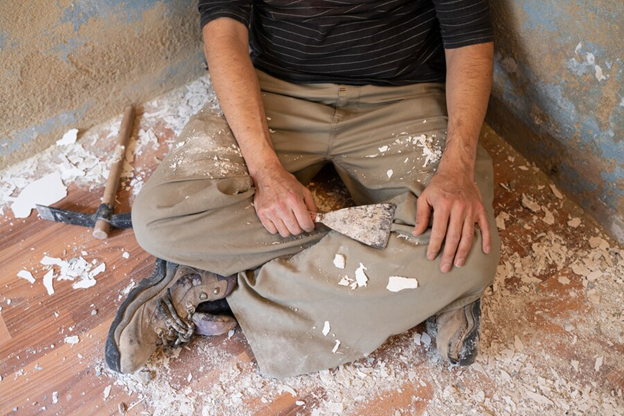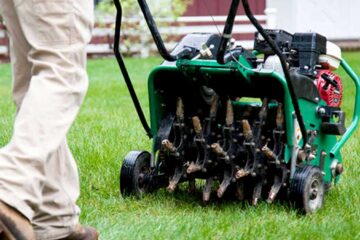Best Practices for Insulating Crawl Spaces Before Drywall Installation

Insulating crawl spaces before drywall installation is crucial for maintaining energy efficiency and preventing moisture issues in homes. Proper insulation not only improves comfort but also enhances the durability of the structure. Here, we explore the best practices to ensure effective insulation and home crawl space encapsulation, focusing on achieving optimal results for your project.
Understanding the Importance of Insulation
Insulation in crawl spaces plays a pivotal role in regulating indoor temperature and humidity levels. By creating a thermal barrier, insulation helps in reducing energy consumption for heating and cooling, thereby lowering utility bills. Additionally, it prevents moisture buildup that can lead to mold growth and structural damage over time.
Types of Insulation Materials
When preparing to insulate crawl spaces, choosing the right materials is essential. Common options include fiberglass batts, spray foam, and rigid foam boards. Each material offers distinct benefits in terms of installation ease, R-value (thermal resistance), and moisture resistance. Fiberglass batts are cost-effective and straightforward to install, while spray foam provides superior air sealing capabilities.
Assessing the Crawl Space Environment
Before beginning insulation installation, assess the crawl space environment thoroughly. Check for existing moisture issues, such as leaks or standing water, which must be addressed before proceeding with insulation. Ensure proper ventilation to maintain airflow and prevent humidity buildup that could compromise insulation effectiveness.
Preparing for Insulation Installation
Prepare the crawl space by cleaning and leveling the ground surface. Remove any debris, such as rocks or old insulation materials, to create a smooth foundation for installation. Seal any gaps or cracks in the crawl space walls and floors to prevent air leakage, which can undermine insulation performance.
Installing Vapor Barriers
Vapor barriers are essential components of crawl space encapsulation. These materials prevent moisture from entering through the ground and walls, thus protecting the insulation from water damage. Install vapor barriers directly on the crawl space floor and up the walls, ensuring a continuous barrier that overlaps and seals securely.
Choosing the Right Insulation Method
The method of insulation installation depends on the crawl space layout and accessibility. For tight spaces or uneven surfaces, consider using spray foam insulation, which expands to fill gaps and creates an effective air seal. Alternatively, fiberglass batts or rigid foam boards may be suitable for more straightforward installations with ample clearance.
Ensuring Proper Ventilation
Maintaining adequate ventilation is crucial in insulated crawl spaces. Proper airflow helps regulate humidity levels and prevents condensation, which can compromise insulation effectiveness and lead to mold growth. Install vents or fans as needed to promote air circulation while maintaining the integrity of the insulation barrier.
Maintaining Insulation Integrity During Drywall Installation
During drywall install, take precautions to preserve the integrity of the insulation in crawl spaces. Avoid compressing insulation materials, as this can reduce their effectiveness. Carefully fit drywall panels around insulated areas, ensuring a snug fit without compromising the insulation barrier or creating gaps that could compromise energy efficiency.
Sealing Air Leaks and Gaps
Sealing air leaks and gaps is paramount to achieving optimal insulation performance. Use caulking or foam sealant to seal around pipes, vents, electrical wires, and other penetrations in the crawl space. Pay attention to junctions between walls and floors, ensuring a tight seal to prevent heat loss and air infiltration.
Protecting Against Pest Infestations
Crawl spaces can attract pests seeking shelter and food sources. To prevent pest infestations, incorporate pest-resistant insulation materials or treat exposed surfaces with pest deterrents. Seal potential entry points, such as gaps around pipes and vents, to minimize the risk of pests entering the home through the crawl space.











